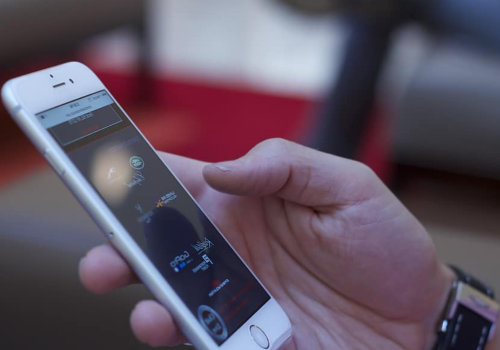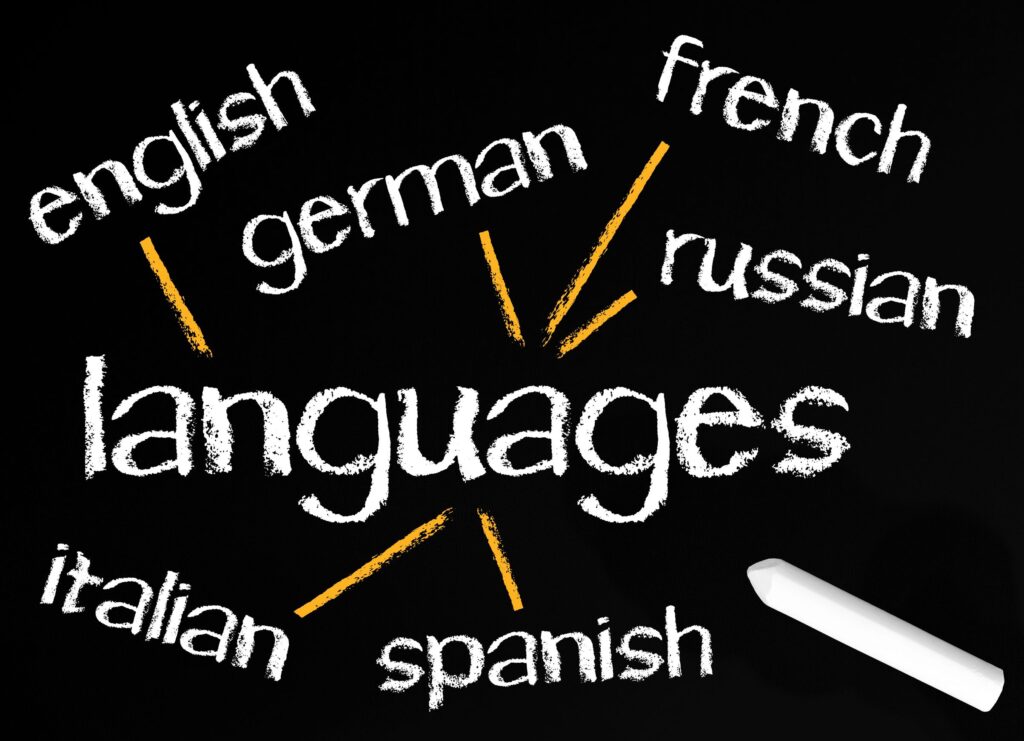When you release a mobile app to the global market, localization is key. You want to ensure that your app is available in different languages and that it conforms to the cultural norms of the countries where it will be used. If you don’t take the time to properly localize your app, you could end up with a product that doesn’t meet the needs of your target audience.
In this blog post, we will discuss 7 things you need to consider when localizing your mobile app.
What is mobile app localization?
Mobile app localization is the process of translating and adapting your app to meet the needs of a specific market. This includes changing the language of your app, as well as adding or removing features to conform to cultural norms. Localization can be a complex and time-consuming process, but it’s essential if you want your app to be successful in new markets.
Why is mobile app localization important?
There are a number of reasons why mobile app localization is important. First, it allows you to reach new customers in different markets. Second, it helps you ensure that your app meets the needs of a specific market. Third, it can help you avoid potential legal problems. Finally, localization can improve your app’s overall user experience.
Top 7 Things to Consider in Mobile App Localization
Localizing your mobile app is a complex process, but there are a few key things you need to keep in mind. Here are the top seven things to consider when localizing your mobile app:
- The target market: who will be using your app?
- The languages spoken in the target market: you’ll need to translate your app into these languages.
- Cultural norms and expectations: what cultural norms do you need to consider?
- Localization tools and services: how will you translate and adapt your app?
- App store requirements: what are the requirements for submitting your app to different app stores?
- Testing and quality assurance: how will you test your localized app?
- Maintenance and support: how will you support your app after release?
Localizing your mobile app is a complex process, but it’s essential if you want to reach new markets.
The benefits of mobile app localization for users
There are a number of benefits that come with mobile app localization for users. First, they are able to use your app in their native language. This can improve the overall user experience and make it easier to use your app.
Second, localized apps often include features that are specific to a certain market. This can make your app more relevant and useful for users in that market. Finally, localized apps can help you avoid potential legal problems.
The benefits of mobile app localization for businesses
First, it allows you to reach new markets and expand your customer base. Second, it helps you ensure that your app meets the needs of a specific market. Third, it can help you avoid potential legal problems. Finally, localization can improve your app’s overall user experience.
How to localize your mobile app
Localizing your mobile app is a complex process, but there are a few key things you need to keep in mind. Here are a few tips for localizing your mobile app:
Work with a professional localization company: they can help you translate and adapt your app to meet the needs of a specific market.
Make sure to test your app thoroughly: you’ll want to test your localized app in different markets to make sure it meets the needs of users.
Provide customer support: be prepared to provide customer support for your localized app.
Mobile app localization is essential if you want to reach new markets and expand your customer base. With these tips, you can successfully localize your mobile app and make it successful in new markets.
Case studies of successful apps that have undergone localization
WhatsApp is a messaging app that was originally designed for use in the US market. However, the app quickly gained popularity in other markets, such as Brazil and India. In order to reach these new markets, WhatsApp underwent localization. This included translating the app into different languages and adding features that were specific to certain markets. As a result of this localization effort, WhatsApp was able to successfully expand into new markets and grow its user base.
Instagram is a photo-sharing app that was originally designed for use in the US market. However, the app quickly gained popularity in other markets, such as Japan and South Korea. In order to reach these new markets, Instagram underwent localization. This included translating the app into different languages and adding features that were specific to certain markets. As a result of this localization effort, Instagram was able to successfully expand into new markets and grow its user base.
Spotify
Spotify is a music streaming app that was originally designed for use in the US market. However, the app quickly gained popularity in other markets, such as Sweden and Brazil. In order to reach these new markets, Spotify underwent localization. This included translating the app into different languages and adding features that were specific to certain markets. As a result of this localization effort, Spotify was able to successfully expand into new markets and grow its user base.
Localizing your mobile app is a complex process, but it’s essential if you want to reach new markets and expand your customer base. With these tips, you can successfully localize your app and make it successful in new markets.
Mobile app localization is an important step for any business looking to expand its reach. By localizing your app, you can ensure that it meets the needs of a specific market and avoid potential legal problems. Localization can also improve your app’s overall user experience. If you’re looking to expand your app’s reach, localization is a great option to consider.




